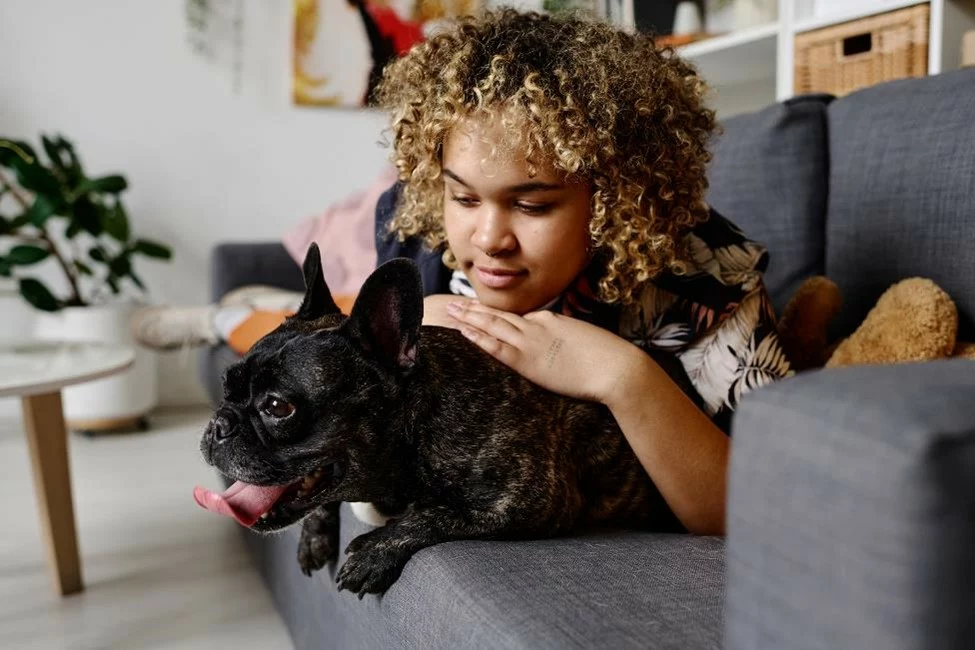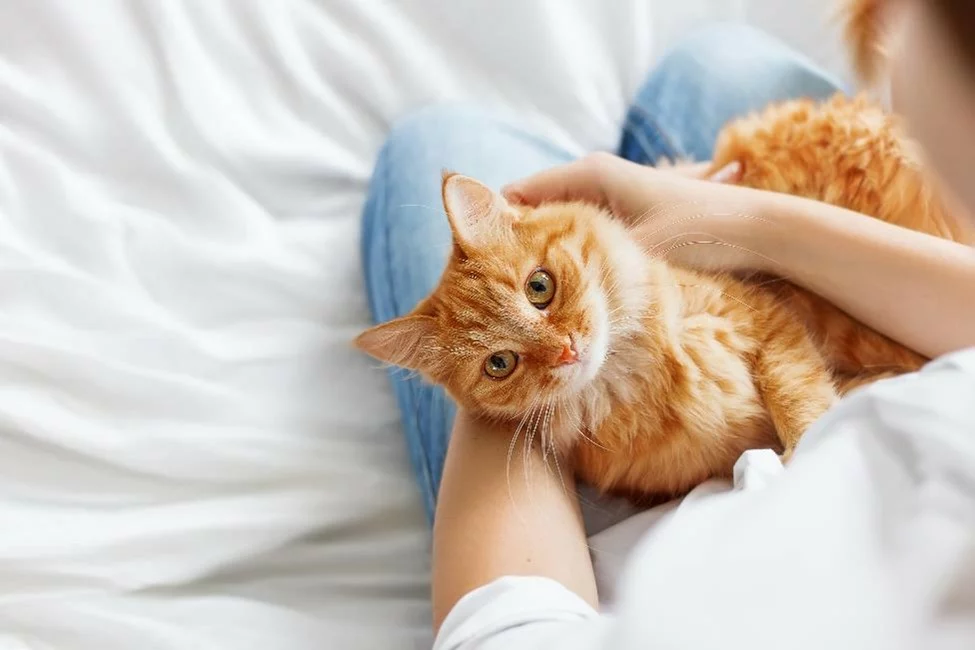How to Help Dogs and Cats Acclimate to a New Home
Moving with pets can be tricky, especially if they’re nervous about change. Learn how Storage King USA can help with pet-friendly tips and tricks.
If you think moving is stressful enough, imagine doing it with pets in tow. Unlike kids, who you can often prepare for a move, there’s no explaining to your dog or cat why they’re being toted to a new place.
Your current home or apartment is all your pets know – and when you combine traveling to their new home with a wide range of unfamiliar smells, sights, and sounds, you can bet on your furry friends being anxious about the move.
When it’s time to pull up roots and move with your cat or dog, help them acclimate to an unfamiliar place with tips, such as how to stop your pets from peeing in the house, or how to acclimate your cat to a new home.
How to Settle a Dog into a New House

Don’t let visions of torn-up couches and peed-on carpets put a damper on the excitement for your move. When you’re wondering how to settle your dog into a new house, you’ve got a few options to help them adjust to their new surroundings.
Try to keep up with your pup’s normal routine
Just like people, dogs are creatures of habit. In fact, keeping a routine can help lower dogs’ anxiety. Randomness – from a vet visit to a full-blown move – can trigger anxiety in dogs. Help your four-legged pal feel calm during a move by maintaining their day-to-day routine as much as possible. Keep up with their daily walks, feed them at the same time, and spend time with them at the end of the day.
Don’t have a daily routine with your dog? Try to establish one at least a few weeks before you move. In addition to helping your canine’s moving anxiety, maintaining a routine can help dogs lead healthier lives.
Help your tail-waggin’ pal burn off nervous energy
Another answer to the question of how to settle your dog into a new house? Play with them until they’re just too tired to be anxious! Whether that means playing fetch in their new backyard for an hour or taking them for a long walk around the block, exercise can alleviate dogs’ anxiety, especially during a move.
Establish your dog’s “safe space” in their new house
Burning off your dog’s nervous energy is only part of the picture. Like any creature, dogs need to feel a sense of safety and security. Imagine how nervous you probably were the first day of school, or the first day at your job. Unfamiliar situations, for both people and dogs, can take away their sense of safety.
Creating a “safe pace” for your dog with blankets, toys, and other items from your old home can help them relax in their new surroundings. Your dog’s safe space can be a corner, a crate, or even an entire room – as long as it’s a space where they can settle down and grow more and more comfortable in their new home.
How to Acclimate Your Cat to a New Home

Cats may not have the same reputation as dogs for being rowdy, but they can still ensure you’re fully aware of their unpleasant mood – especially during a move. Common ways cats act out when they’re anxious include:
- Hiding
- Aggression
- Excessive meowing
- Trying to run away
- Clawing on furniture
- Peeing on furniture or carpets
You may not be able to completely curb your cat’s crankiness, but you can use a few tips and tricks to help them acclimate to a new home.
Keep Close to Home at First
They may be known for being aloof, but cats can be just as affectionate as dogs – which means they may be just as clingy when they’re stressed. If you, a roommate, or a loved one are able to stay close to home for the first few days after you move, it can help your cat feel more secure. After all, there’s nothing worse than being dropped into a new environment and dealing with new noises, smells, and sights all on your own.
Give Your Cat Anti-Anxiety Aid
If you have an especially high-strung feline friend, they may need a more potent solution to ease them during a move. GoodRx recommends the following anti-anxiety medications to acclimate your cat to a new home:
- Alprazolam (Xanax)
- Clorazepate (Tranxene)
- Diazepam (Valium)
- Oxazepam (Serax)
Just be sure to consult your cat’s veterinarian before giving them any form of medication!
Marking Their Territory: How to Stop Pets Peeing in the House
The worst way pets can act out after a move is peeing in the house. Whether it’s out of anxiety, or they’re marking their new territory, it’s not great! If you’re wondering how to stop pets from peeing in the house, try using a diffuser with calming pheromones, or place blankets, toys, and other belongings that smell like your cat or dog around your new home before introducing them.
Save Your Furniture from Move-Anxious Pets with Storage King USA
Not willing to risk your favorite carpet or brand-new couch? Consider keeping upholstered furniture, rugs, and other potential potty targets in storage until your pets adjust to their new space.
At Storage King USA, we offer convenient, affordable storage near you when it’s time for you and your furry friends to move. When you store your belongings with our team of storage professionals, you can enjoy peace of mind knowing they’re shielded from your pets’ nervous bladders.
Until you can help your dog settle into a new house or acclimate your cat to their new home in an apartment, you can rely on Storage King USA. Explore our unit size guide and find your storage unit today!
